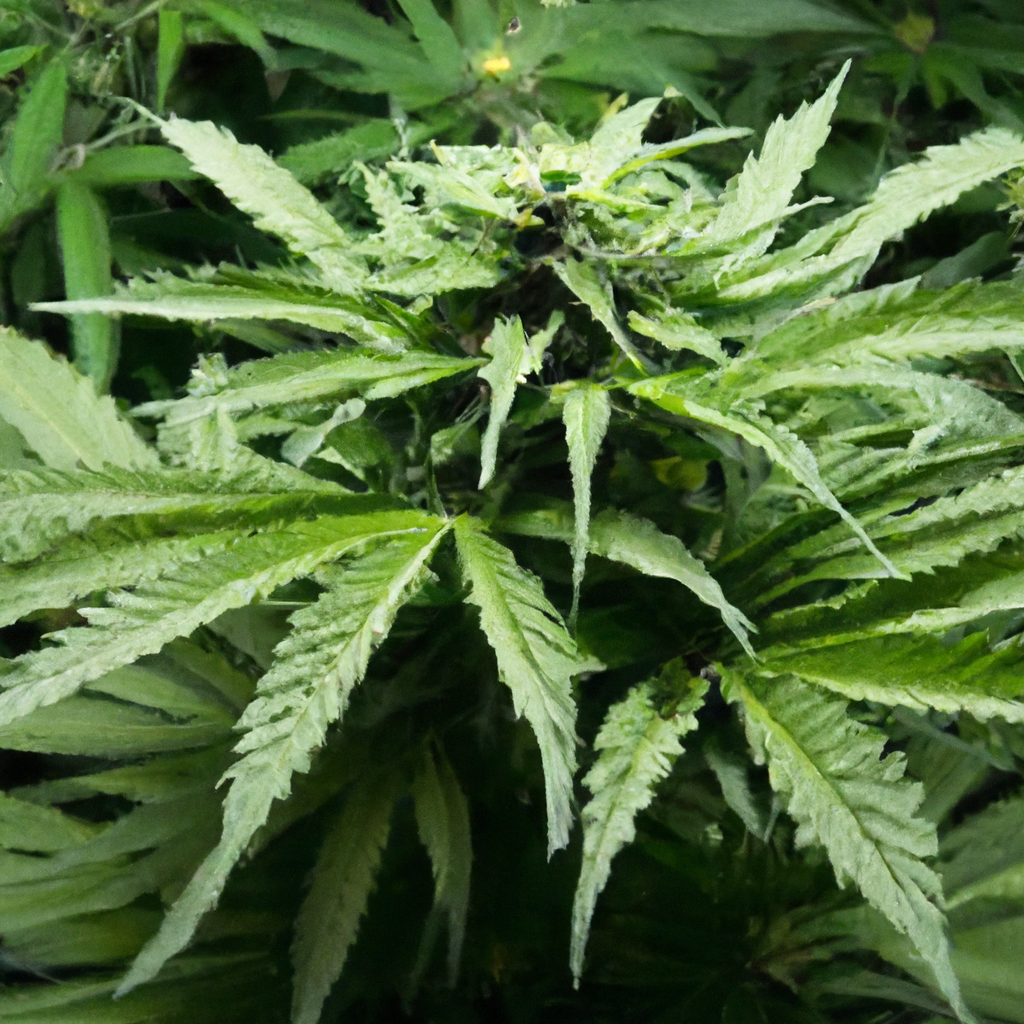As cannabis cultivation matures, the essence of sustainability has become central to the dialogue. One lesser-discussed yet highly effective strategy involves the deliberate manipulation of microclimates. This method not only
boosts plant health and yield but also curtails the environmental footprint of cannabis operations. Today, we journey through the intricate layers of microclimates and their potential for sustainable cannabis growth.
Understanding Microclimates
A microclimate refers to the unique climate conditions in a small, specific area that differ from the surrounding environment. This concept is especially useful for growers working in challenging conditions, such as high-altitude
areas, where personalized environments can significantly impact outcomes.
Key Factors of Microclimates:
- Temperature: Microclimates allow targeted heating or cooling, optimizing conditions for different growth stages.
- Humidity: By controlling moisture levels, growers can avoid issues like mold and mildew while supporting plant resilience.
- Wind: Strategic wind barriers can protect plants from excessive stress and promote more robust growth.
- Light: Supplemental lighting can intensify light exposure in shaded or less sunny areas, invaluable during gloomy weather.
Creating an Optimal Microclimate
Developing an effective microclimate requires an integration of natural elements and technology. Here are some methods to consider when aiming for microclimate manipulation in cannabis cultivation:
- Polyculture Planting: Incorporating companion plants can naturally regulate temperature extremes and improve humidity control.
- Windbreaks: Use trellises or natural barriers to manage air flow, thereby reducing plant stress and optimizing energy use.
- Water Management: Implementing drip irrigation and mulching techniques can stabilize moisture levels, reducing both water consumption and evaporation.
- Smart Technology: Adopt sensors and automated control systems to monitor real-time environmental data, enabling precise adjustments to temperature, humidity, and light exposure.
Case Study: Microclimates in Colorado
Chronicling the success of microclimates, veteran cultivator John “Magic” Greenleaf has demonstrated their power in Colorado’s unpredictable climate. By employing windbreaks, adjusting plant positioning, and using high-efficiency LEDs,
John has achieved yields exceeding traditional methods while diminishing energy and water use.
“The altitude makes us tougher—and so does our weed,” John proudly states, emphasizing the role of controlled microclimates in achieving robust cannabis growth.
Key Takeaway
Embracing microclimates in cannabis cultivation is a forward-thinking, sustainable strategy that aligns perfectly with the industry’s evolving values. Offering control over environmental variables even in challenging climates, microclimates
present a pathway to higher yields, reduced resources, and overall improvement in plant quality.


Leave a Reply